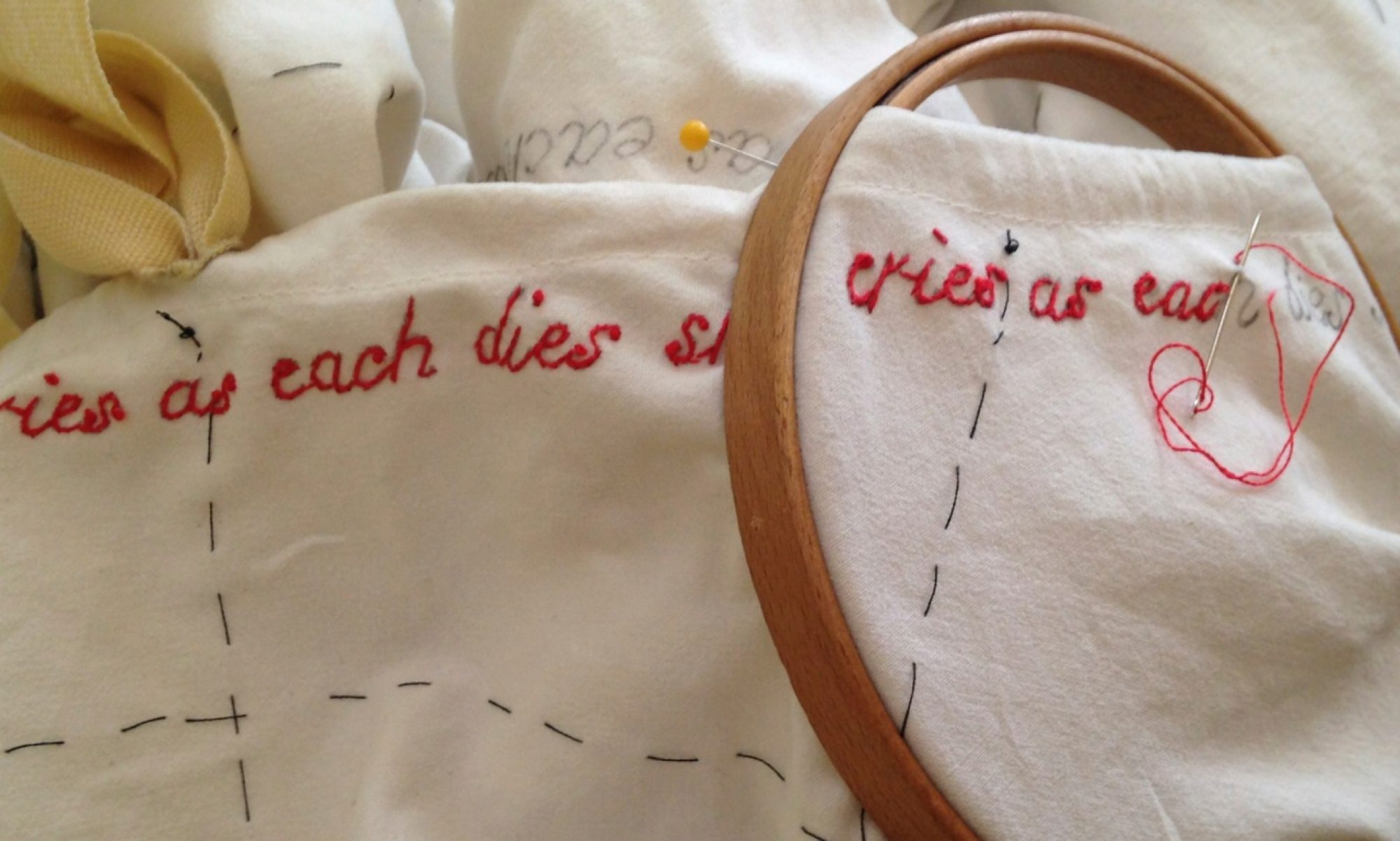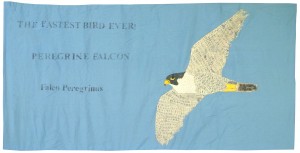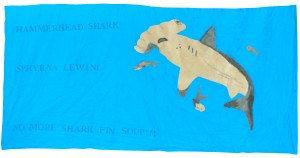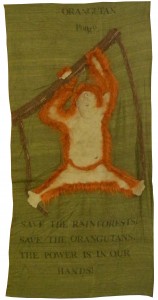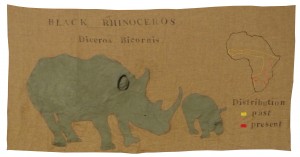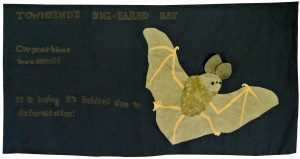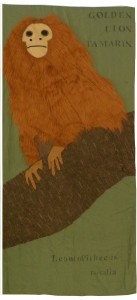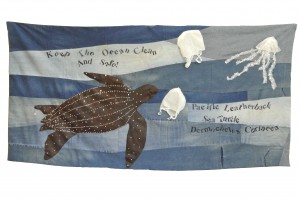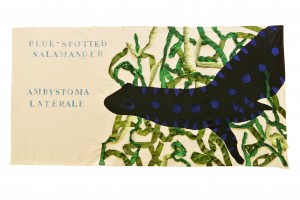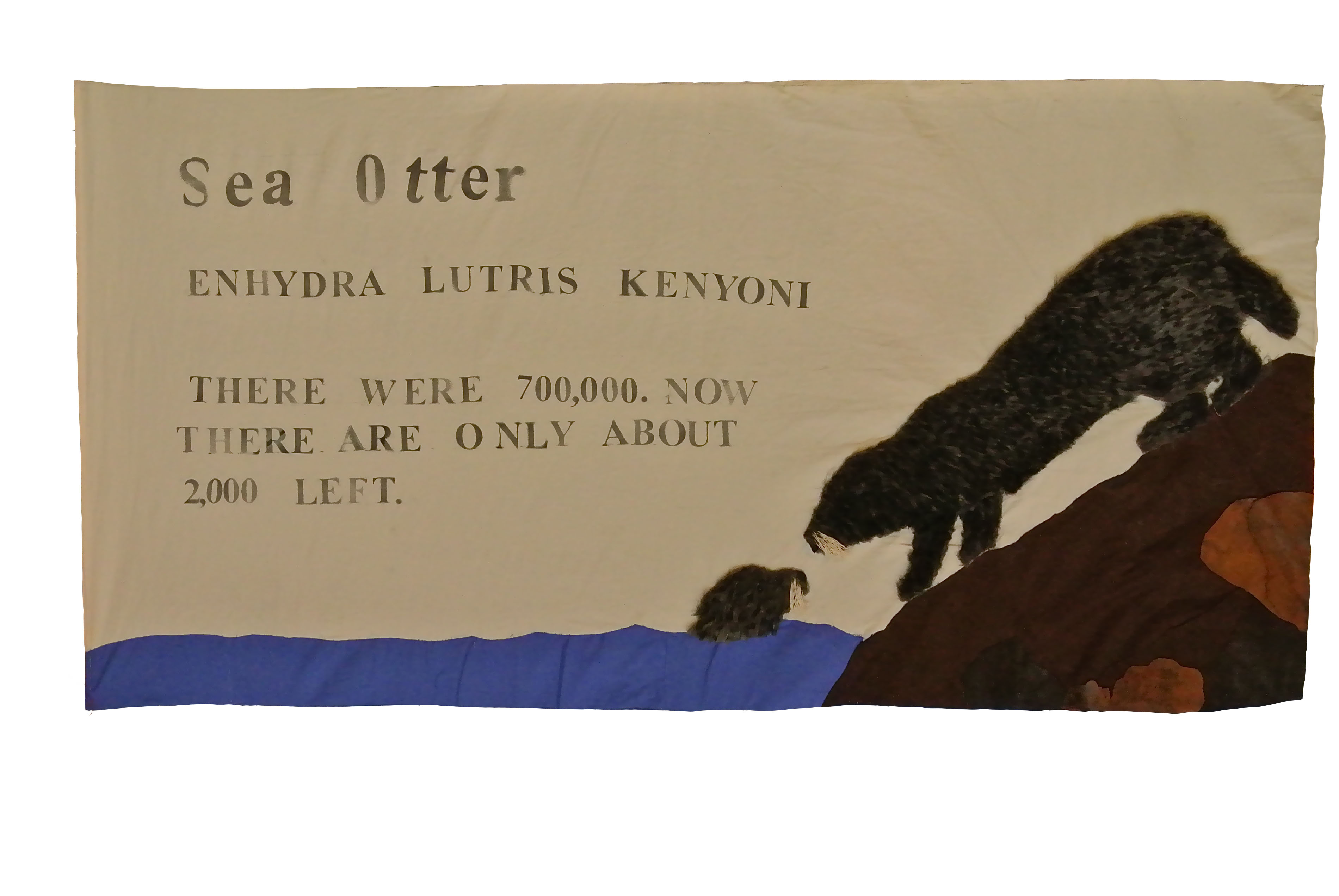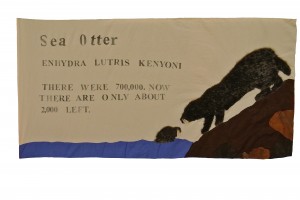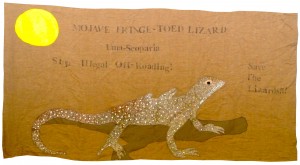
The Mohave Fringed-Toed Lizard (Uma scoparia) is indigenous to the desert regions of Southern California, specifically areas of fine, wind blown sand. Scales along the edges of their feet (fringes) help them to run at high speeds. To escape predators they run on their hind legs and then dive into the sand, burying themselves about 2 1/2″ below ground. Unfortunately this doesn’t protect them from off road vehicles which can run them over and also destroy the vegetation which they rely upon.
To learn more about the Mohave Fringe-Toed Lizard go to:
http://www.californiaherps.com/lizards/pages/u.scoparia.html
http://www.basinandrangewatch.org/SandLizards.html
For information on the Center for Biological Diversity’s petition for endangered species status go to:
http://www.biologicaldiversity.org/species/reptiles/Mojave_fringe-toed_lizard/
